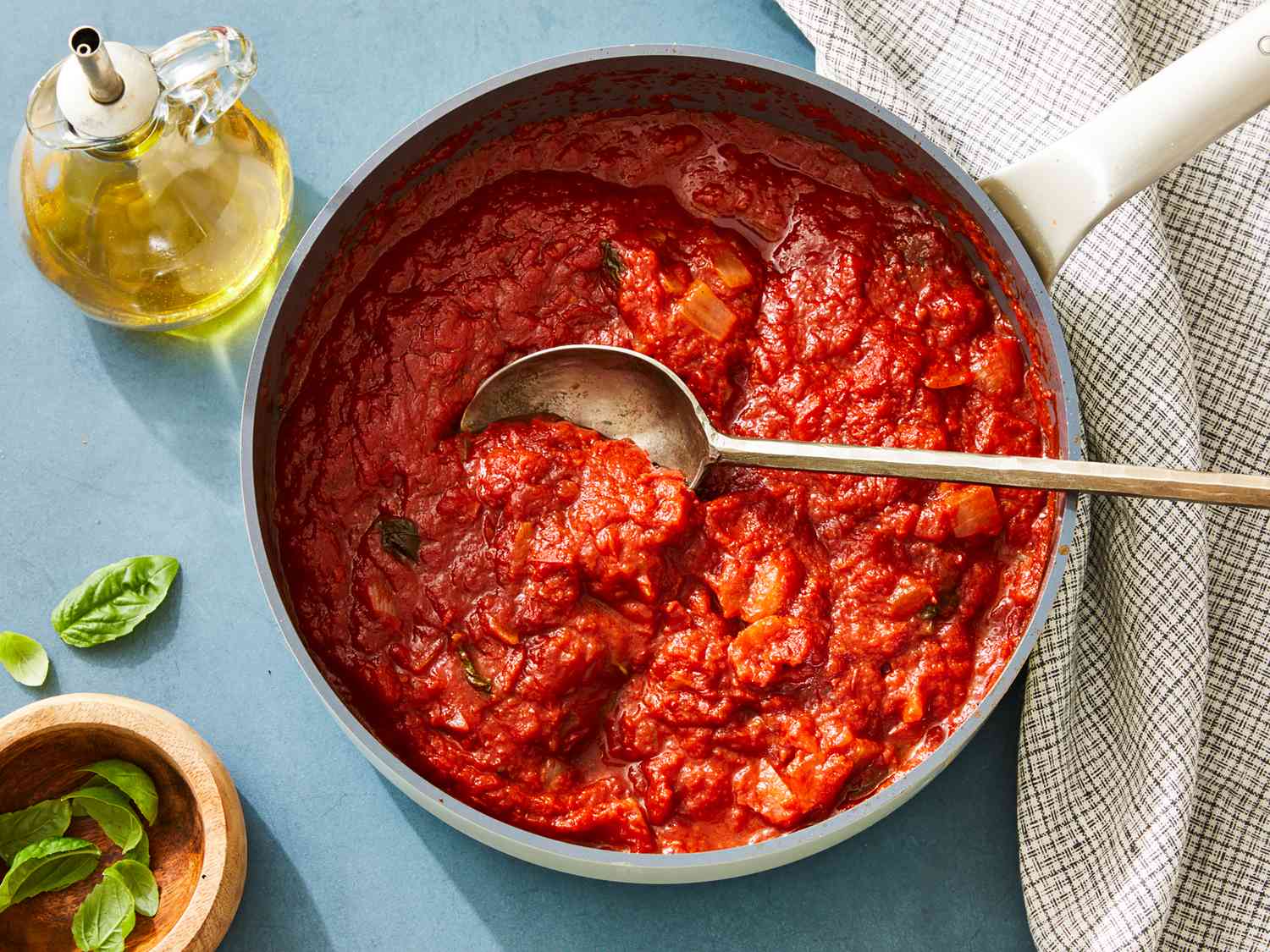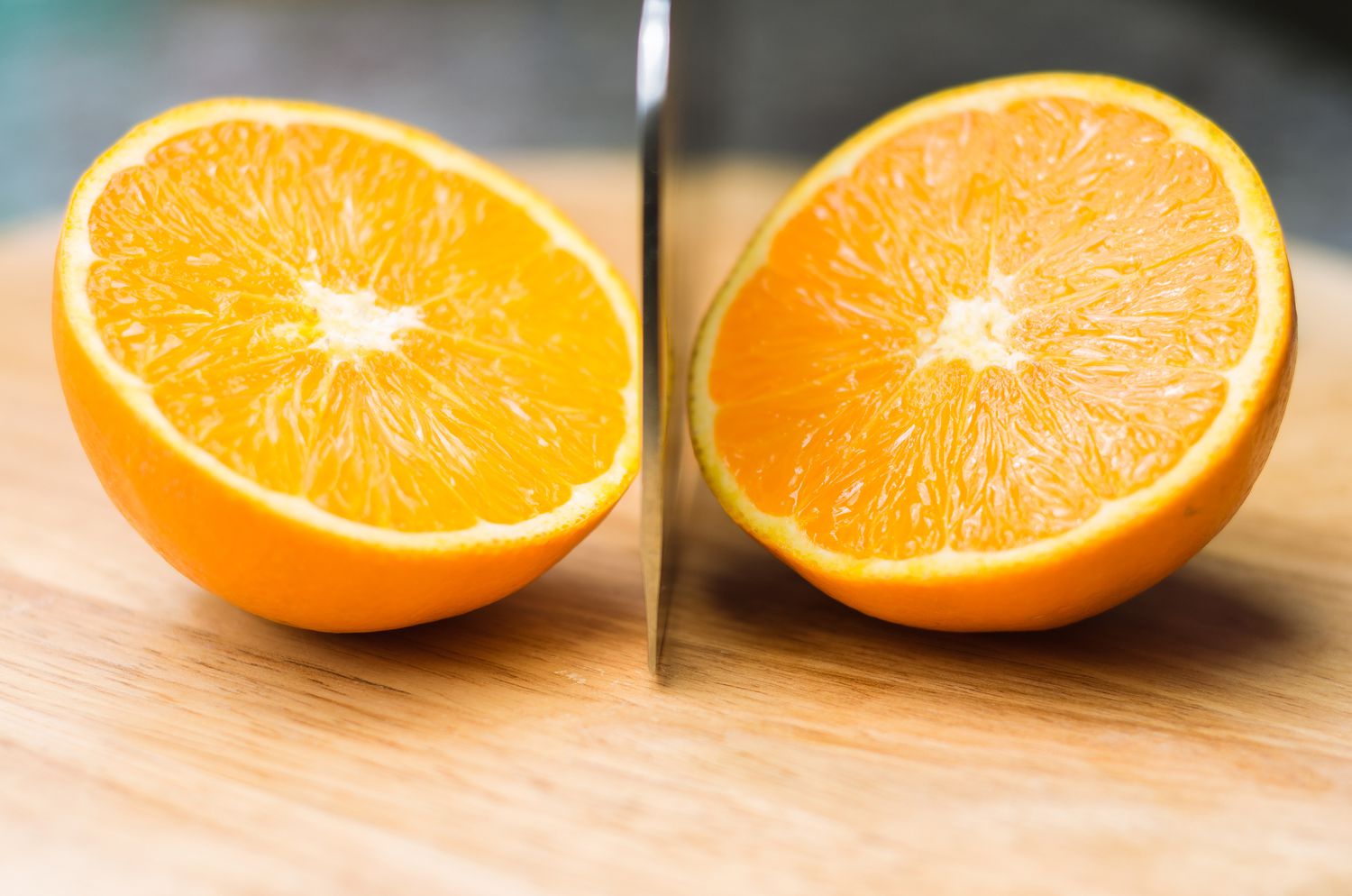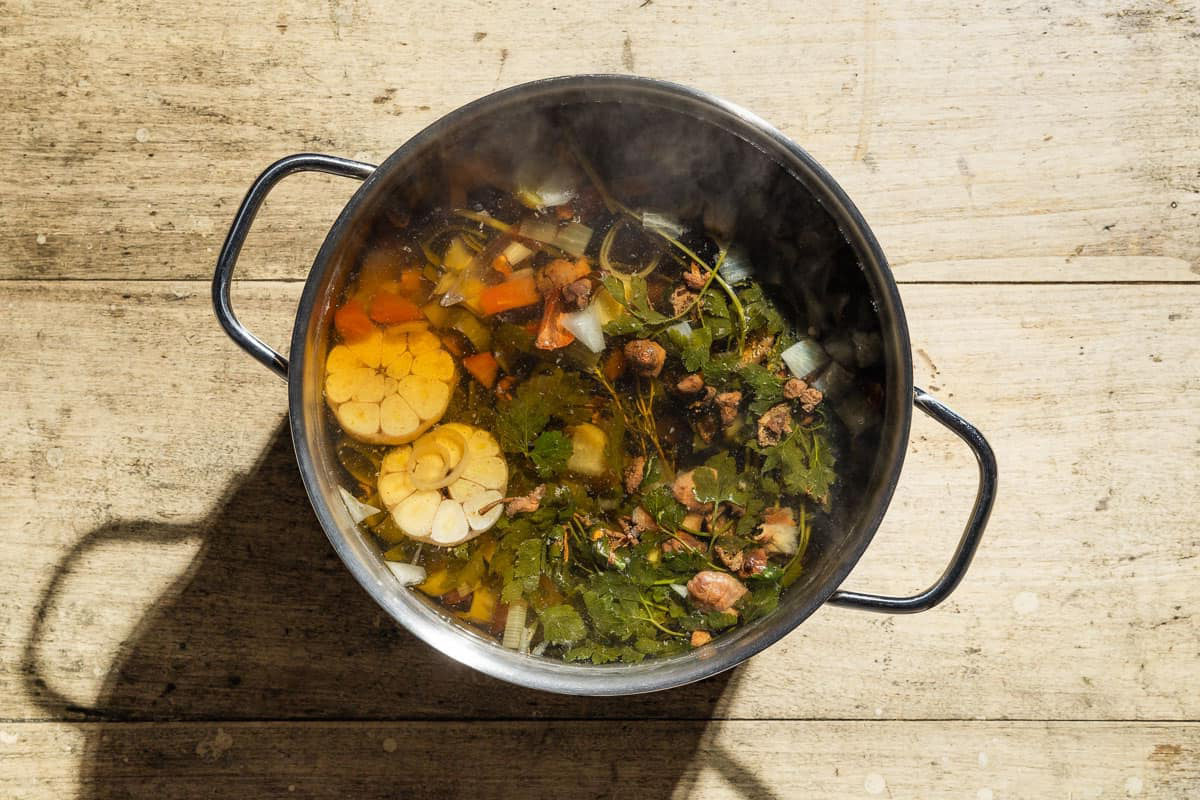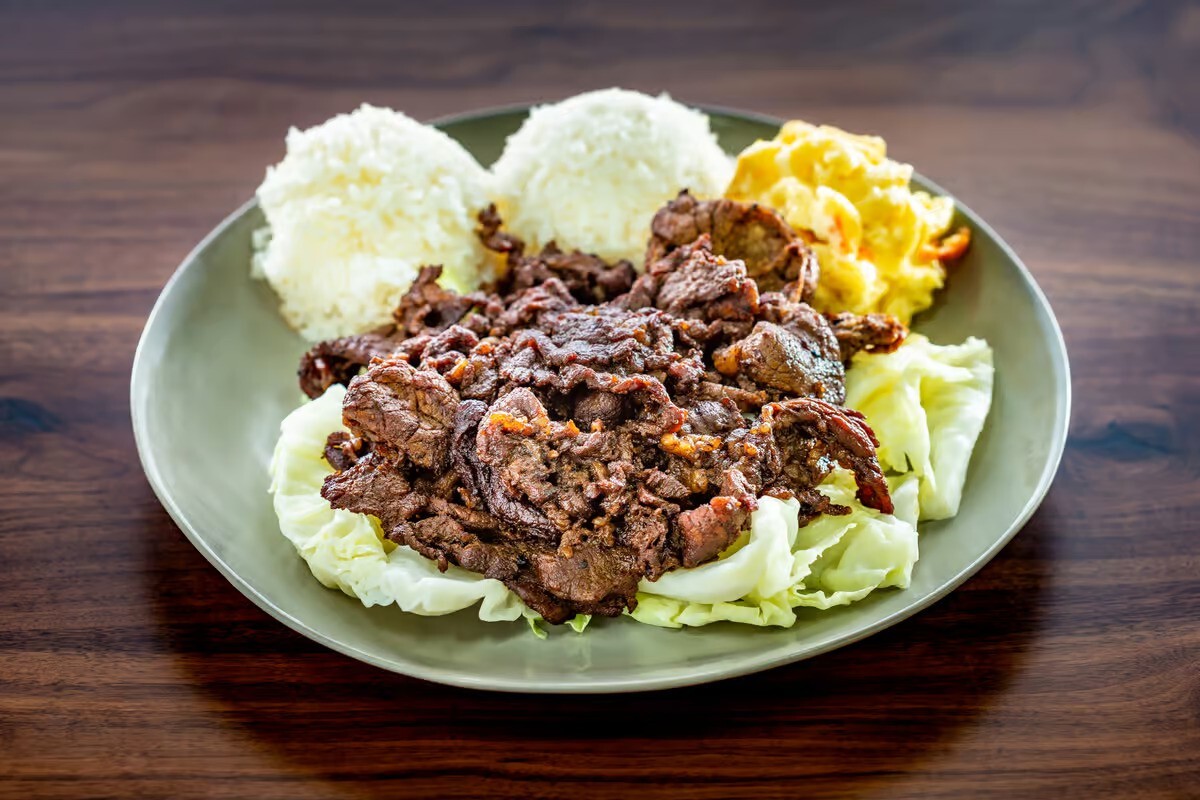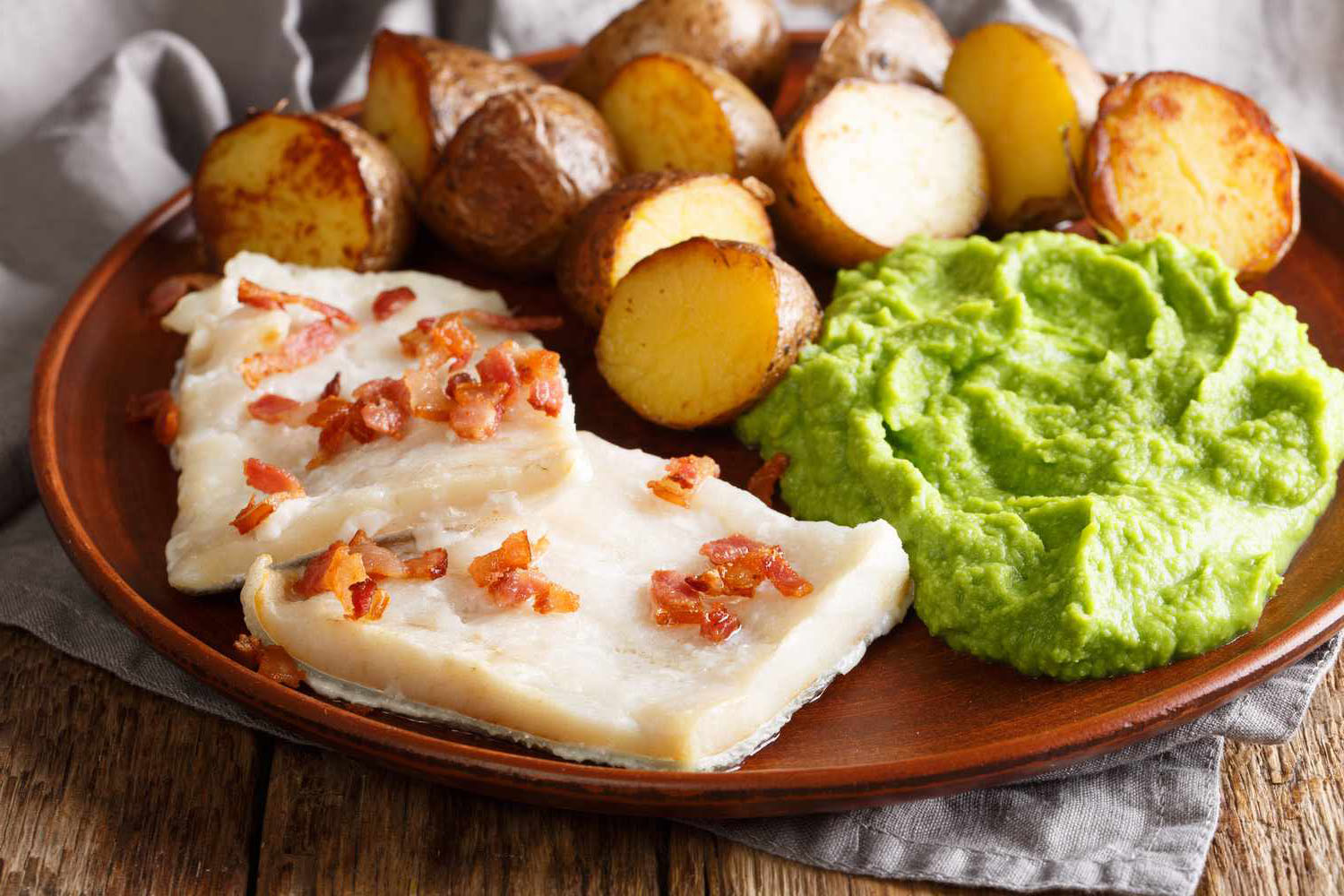Discovering the Nutritional Powerhouse: Kale
When it comes to superfoods, kale is often at the top of the list. This leafy green vegetable has gained popularity in recent years due to its exceptional nutritional value and versatility in cooking. Let’s take a closer look at what makes kale so special and why it has become a staple in healthy diets around the world.
What is Kale?
Kale is a member of the cabbage family and is closely related to other cruciferous vegetables such as broccoli, cauliflower, and Brussels sprouts. It is known for its dark green, curly leaves and comes in several varieties, including curly kale, Lacinato (or dinosaur) kale, and red Russian kale. This nutrient-dense vegetable is packed with essential vitamins, minerals, and antioxidants, making it a valuable addition to any diet.
Nutritional Benefits of Kale
One of the key reasons why kale has gained so much attention is its impressive nutritional profile. Here are some of the standout benefits of incorporating kale into your diet:
- Vitamins: Kale is an excellent source of vitamins A, C, and K. These vitamins play crucial roles in supporting immune function, promoting healthy skin, and aiding in blood clotting.
- Minerals: It is rich in minerals such as calcium, potassium, and magnesium, which are essential for bone health, muscle function, and overall well-being.
- Antioxidants: Kale contains powerful antioxidants, including flavonoids and carotenoids, which help protect the body from oxidative stress and inflammation.
- Fiber: With a high fiber content, kale supports digestive health and can contribute to feelings of fullness, making it a great choice for weight management.
Ways to Enjoy Kale
There are countless ways to incorporate kale into your meals, whether you prefer it raw, cooked, or blended into smoothies. Here are some popular methods for enjoying this versatile vegetable:
- Kale Salad: Massaging kale with a bit of olive oil and lemon juice can help soften the leaves and make for a delicious salad base.
- Kale Chips: Baking kale leaves with a sprinkle of sea salt can transform them into crispy, flavorful chips that make a healthy snack option.
- Kale Smoothies: Blending kale with fruits and yogurt creates a nutrient-packed smoothie that is perfect for a quick and nutritious breakfast or snack.
- Sautéed Kale: Cooking kale with garlic and olive oil can bring out its natural sweetness and make for a tasty side dish.
Conclusion
Kale is undoubtedly a nutritional powerhouse that offers an array of health benefits. Whether you enjoy it in salads, smoothies, or cooked dishes, incorporating kale into your diet can contribute to overall wellness and vitality. With its abundance of vitamins, minerals, and antioxidants, kale has rightfully earned its status as a superfood and is a valuable addition to any healthy eating plan.
Was this page helpful?
Read Next: What Is House Special Fried Rice



